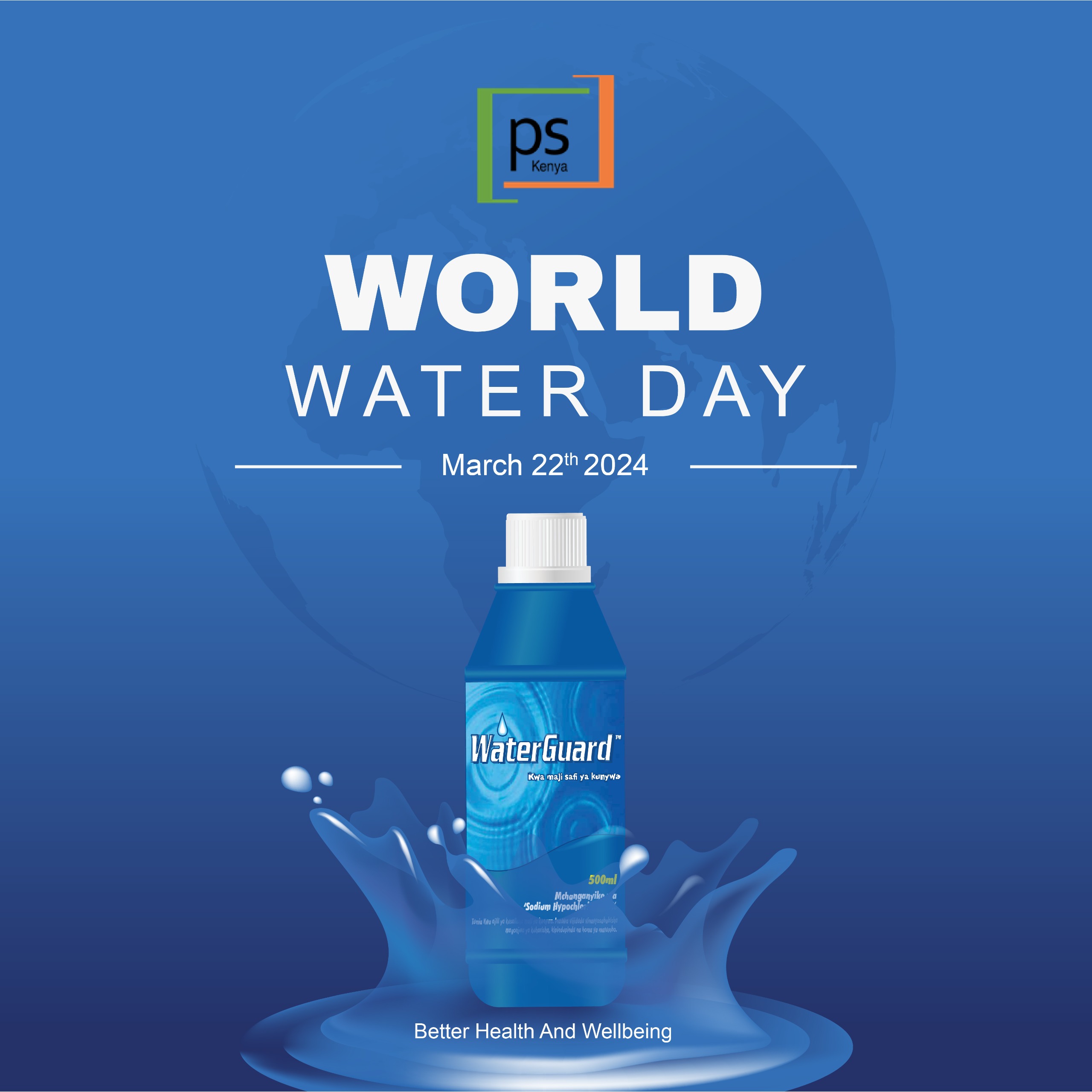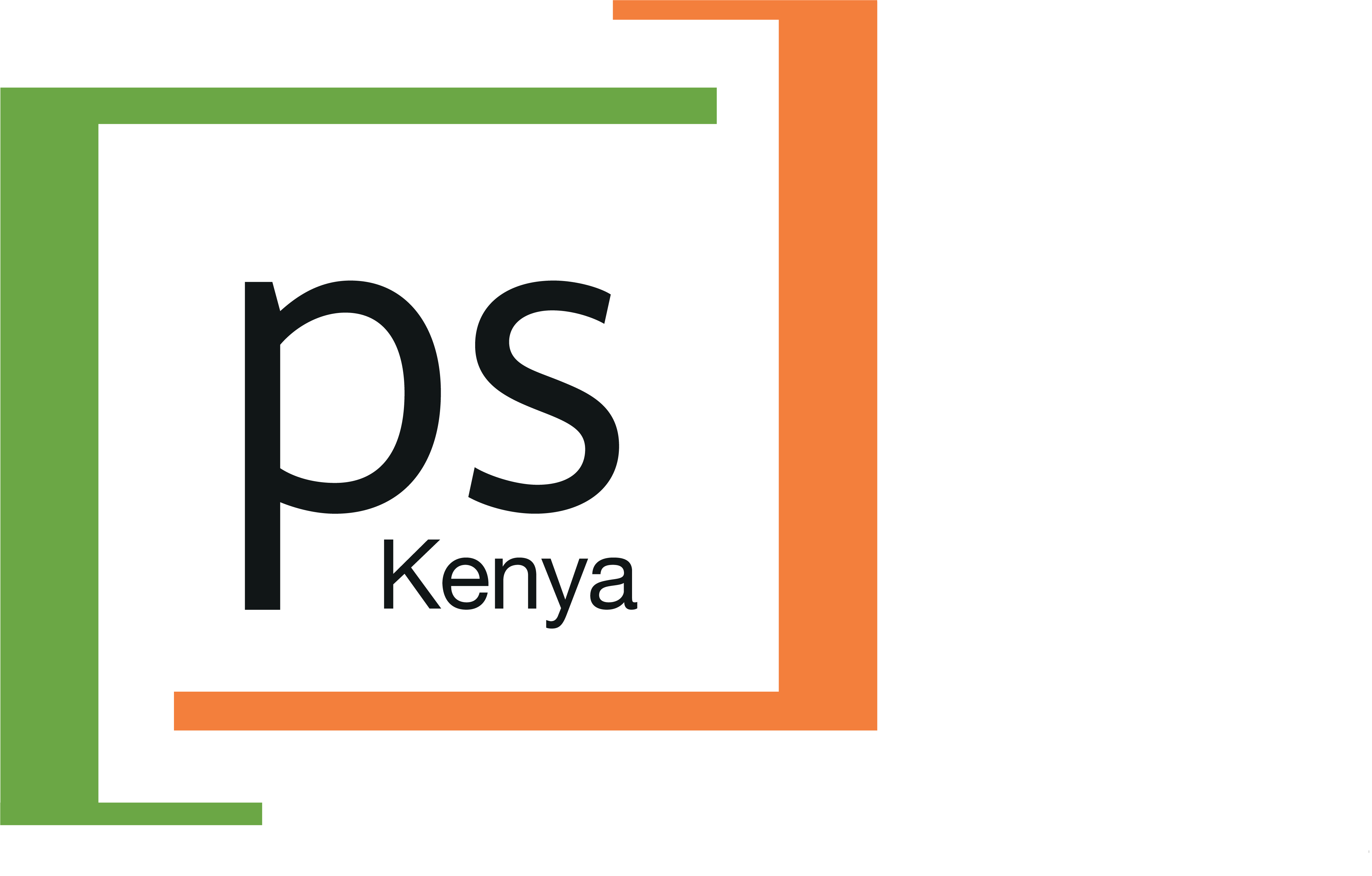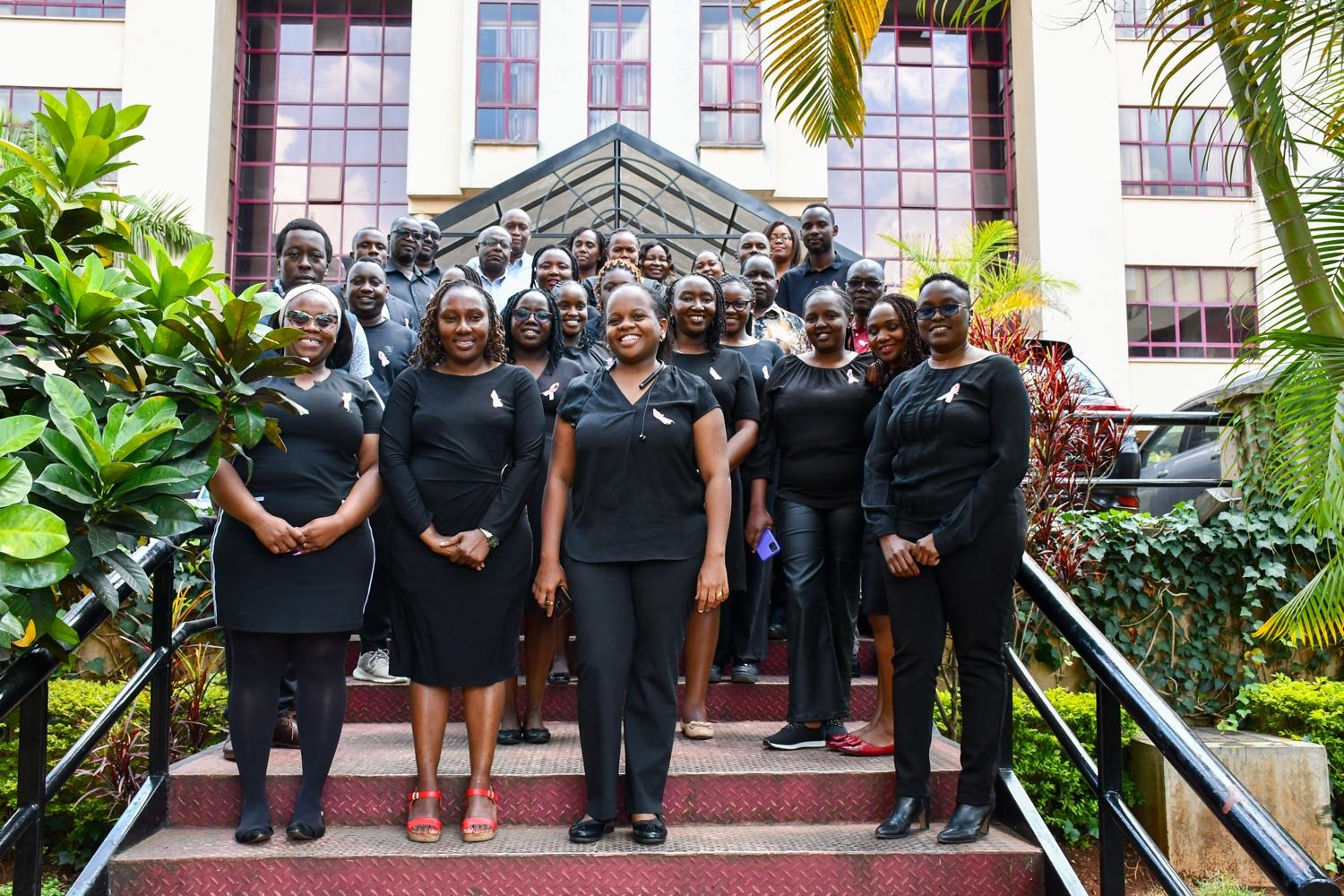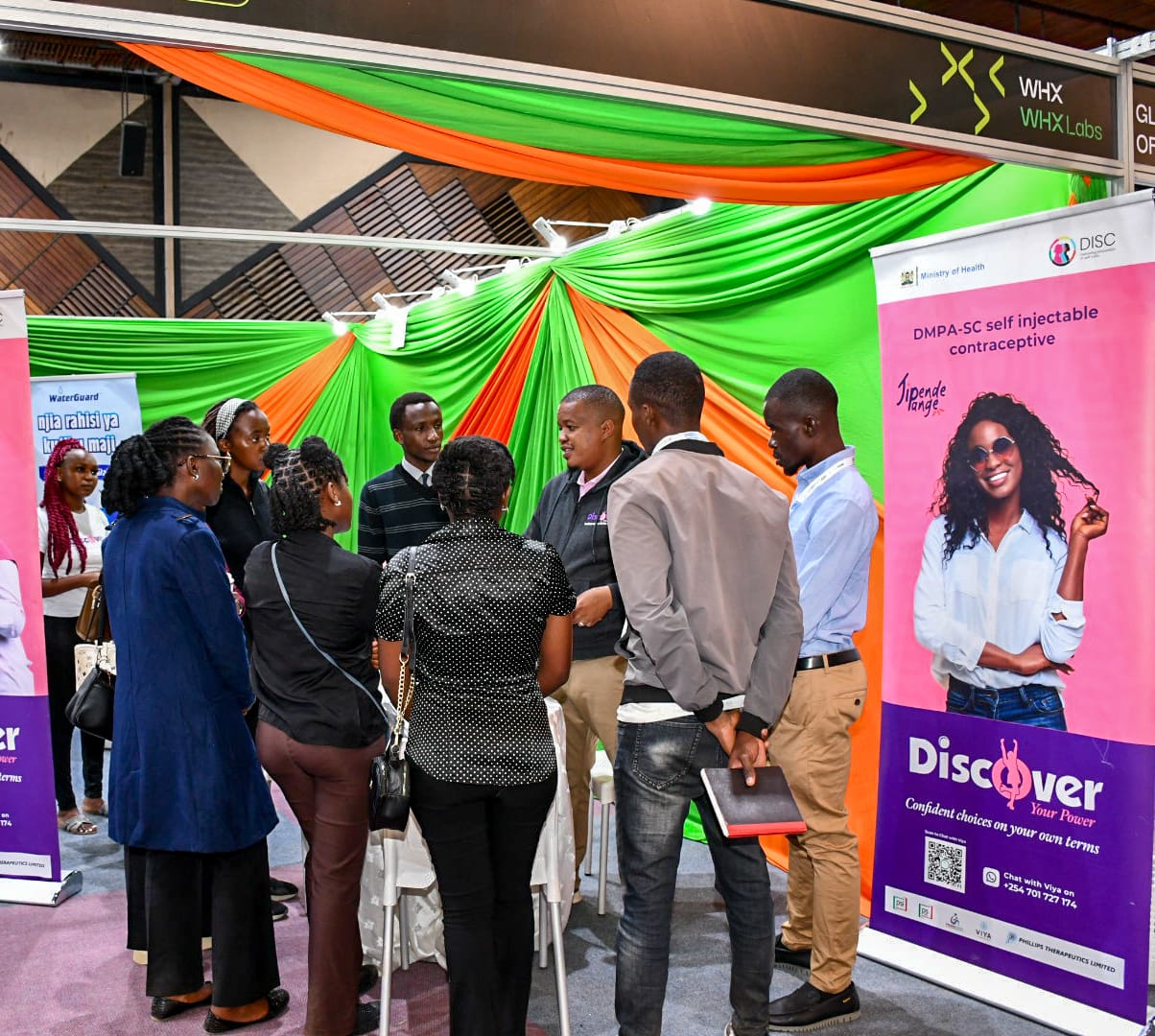
Did you know that nearly 97% of the world’s water is salty or otherwise undrinkable, 2% is locked in ice caps and glaciers, leaving only a paltry 1% for all of humanity’s needs?
These statistics provide valuable insights in understanding the fact that, despite water being a fundamental human right, one in three (2.2 billion) people lack access to safe drinking water globally, including 115 million people who drink surface water. Even more alarming, almost half of the world’s population suffer severe water scarcity, with Kenya being classified among the most water scarce countries in the world. In Kenya, 9.9 million people drink directly from contaminated surface water sources. Water insecurity, along with a lack of sanitation and hygiene products and services, puts public health at risk, undermines economic growth, fosters political instability, and perpetuates inequalities. Climate change exacerbates these challenges, and global shocks and stressors, such as the COVID-19 pandemic and Horn of Africa drought, have put a spotlight on the importance of strong water and sanitation governance, finance and institutions for building household and community resilience and protecting economic gains.
Further reports indicate that, sadly, 800 children die every single day due to preventable water-related illnesses resulting from poor water and sanitation. Diarrheal diseases rank as the second main cause of death for Under 5 children, with unsafe drinking water accounting for 80% of childhood diseases. Three in ten schools globally don’t have a basic water service. Among adults, diseases associated with unsafe drinking water kill more people than disasters and wars combined! Additionally, water-related disasters have dominated the list of disasters over the past 50 years and account for 70 per cent of all deaths related to natural disasters.
World Water Day, held on 22 March every year since 1993, is an annual United Nations Observance focusing on the importance of freshwater. World Water Day celebrates water and raises awareness of the 2.2 billion people living without access to safe water. The day underscores the need for intensified efforts towards conserving the precious resource in order to tackle the global water crisis, cognizant of the fact that the success of economic, environmental, public health, food and energy systems rely heavily on proper management of this liquid gold. A core focus of World Water Day is to support the achievement of Sustainable Development Goal 6: water and sanitation for all by 2030. Every year, UN-Water — the UN’s coordination mechanism on water and sanitation — sets the theme for World Water Day. In 2023, the focus was on “Accelerating Change”. In 2024, the theme was “Leveraging Water for Peace”. 2025 will focus on glaciers, coinciding with the International Year of Glacier Preservation. 2026 will concentrate on water and sanitation’s role in gender equality. 2027 will explore the connection between water, sanitation and health.
The call to action during World Water Day 2024 revolved around the theme “Water for Peace”, calling for a multifaceted united front to leverage water as a tool for building a more stable, peaceful world. This was based on the realization that water can create peace or spark conflict. When water is scarce or polluted, or when people have unequal, or no access, tensions can rise between communities and countries. In 2021, statistics showed that more than 2 billion people lived in water-stressed countries. This was expected to be made worse as a result of climate change and population growth. Also, more than 3 billion people worldwide depend on water that crosses national borders, yet only 24 countries have cooperation agreements for all their shared water. Transboundary waters account for 60 per cent of the world’s freshwater flows, and 153 countries have territory within at least 1 of the 310 transboundary river and lake basins and inventoried 468 transboundary aquifer systems.
Water can be a tool for peace when communities and countries cooperate over this precious shared resource. When we cooperate on water, we create a positive ripple effect – fostering harmony, generating prosperity and building resilience to shared challenges. We must act upon the realization that water is not only a resource to be used and competed over – it is a human right, intrinsic to every aspect of life. World Water Day 2024 emphasized the need to work together to balance everyone’s needs, with a dedication to ensure no one is left behind, to make water a catalyst for a more peaceful world. By prioritizing cooperation and sustainable management of water resources, the world can transform water from a potential source of conflict into a catalyst for peace, stability and prosperity, even amid challenges like climate change, mass migration and political unrest.
From urbanization to demographic changes, water supply systems face numerous risks. The World Economic Forum’s Global Risks Report 2024 lists “natural resource shortages” as the 4th biggest risk over the next decade. Extreme weather and changes in water cycles make it even more difficult to find safe drinking water. Rising sea levels have been found to turn previously freshwater sources salty. When already scarce water resources are compromised, competition for water can lead to conflict. For people already struggling with vulnerable water supplies, their futures are at high risk as climate change intensifies the risks and impact of water scarcity.
The World Health Organization warns that “historical rates of progress would need to double” for the world to achieve universal coverage of basic drinking water services by the end of the decade. Raising awareness on conserving and protecting freshwater for everyone on earth is vital, especially as the world looks to find and implement solutions. Cooperation is necessary to harness water as a means of building peace and security. At the local and national level, different water users – particularly water and sanitation utilities, energy, food and industry – must cooperate through an integrated water resources management approach. The health sector can further integrate water, sanitation and hygiene-based guidance. Internationally, countries should form agreements and institutions for peaceful transboundary water management, including adhering to conventions like the United Nations Water and Watercourses Convention. Establishing new and diversified water sources as well as introducing communities to climate-smart agricultural techniques and diverse livelihood opportunities could be good starting points in ensuring children and communities have access to safe water and are also better equipped to prepare and respond to climate change events.
PS Kenya, true to its purpose to foster Better Health and Wellbeing, contributes to safe water access for all through its various water treatment solutions including Water Guard, PUR and Aquatab. The launch of the 500ML Water Guard value pack on World Water Day 2024 was a further testament of PS Kenya’s commitment and mission to accelerate achievement of positive health outcomes for Kenyans. There is need to intensify efforts towards safe water access as this is essential in contributing towards achievement of universal healthcare.
There is the same amount of water on earth as there was when the earth was formed. That is another fun fact, and a food for thought!



